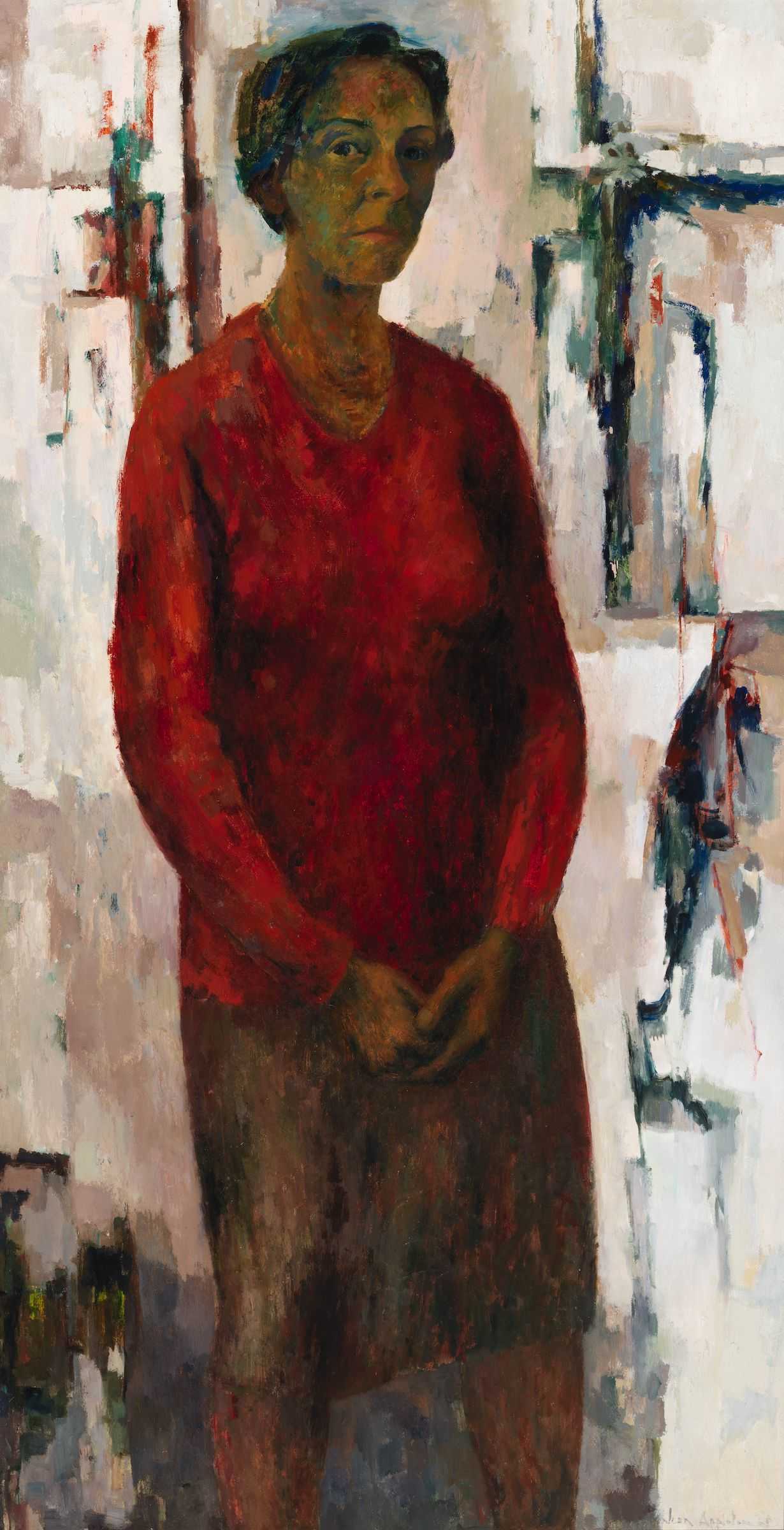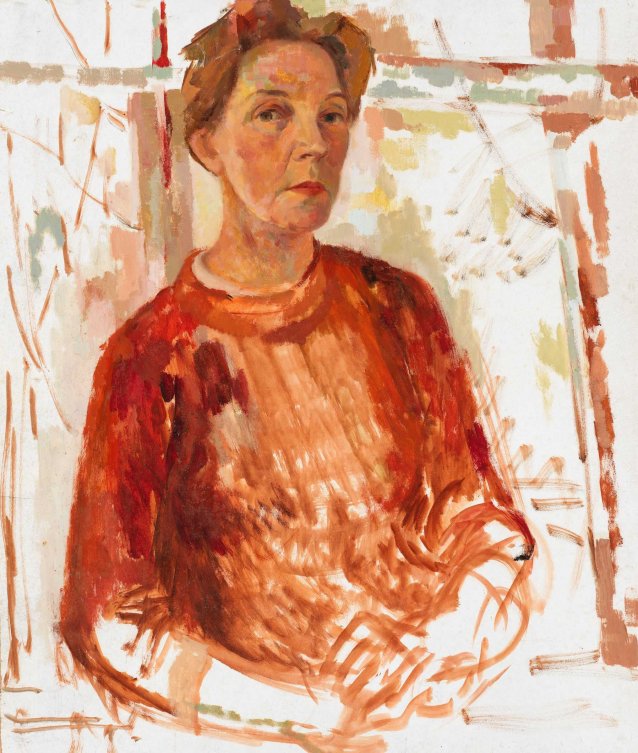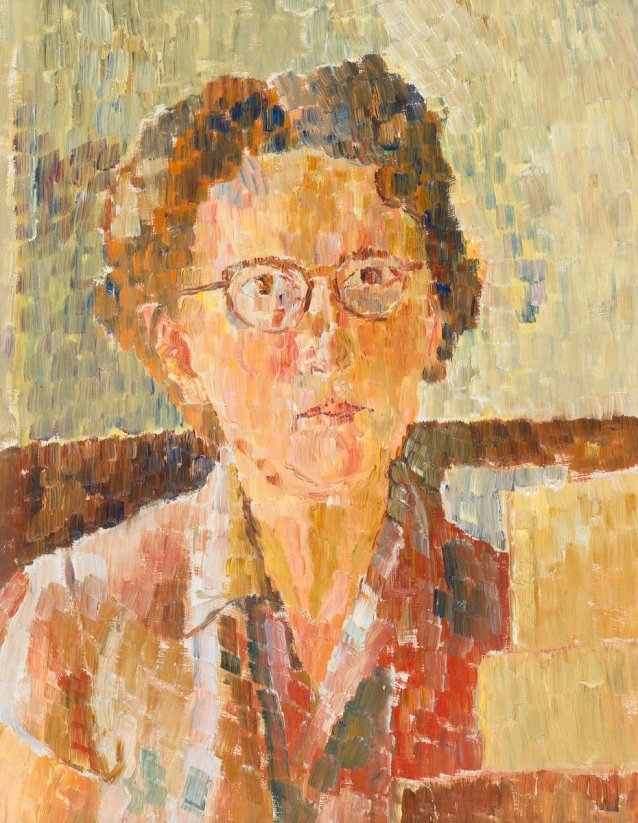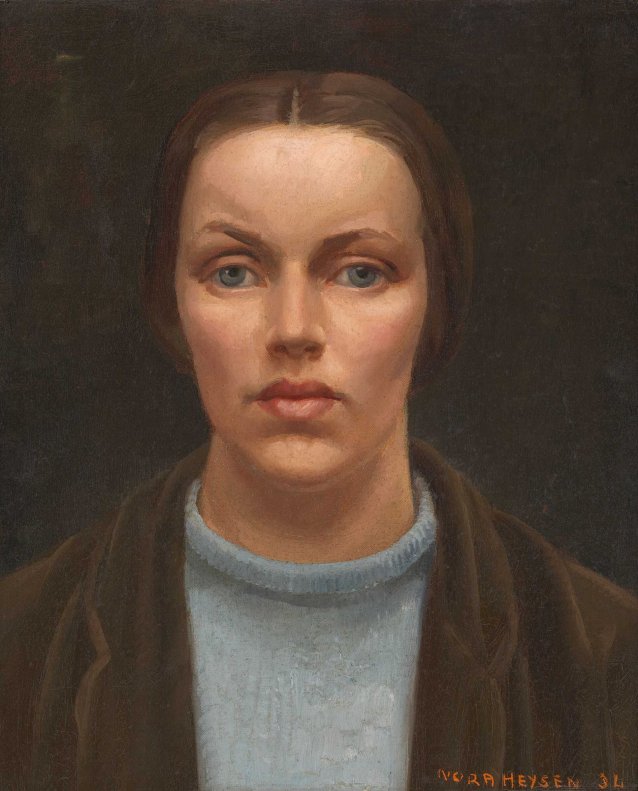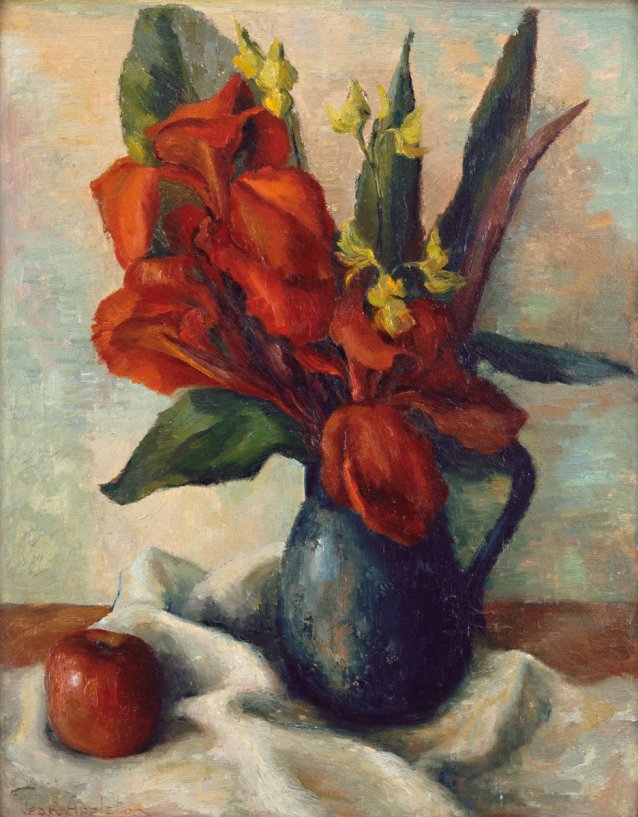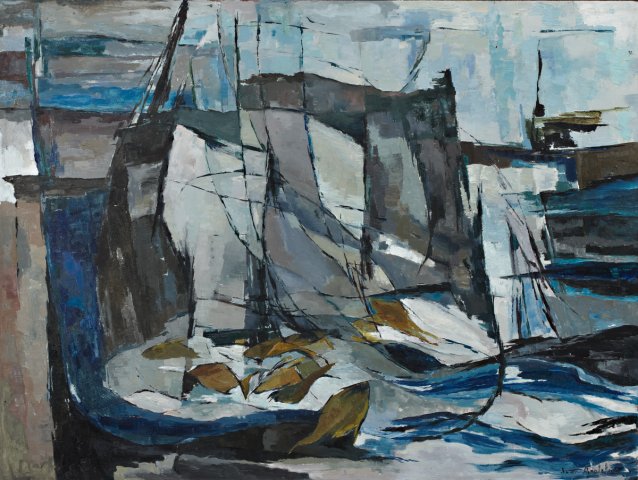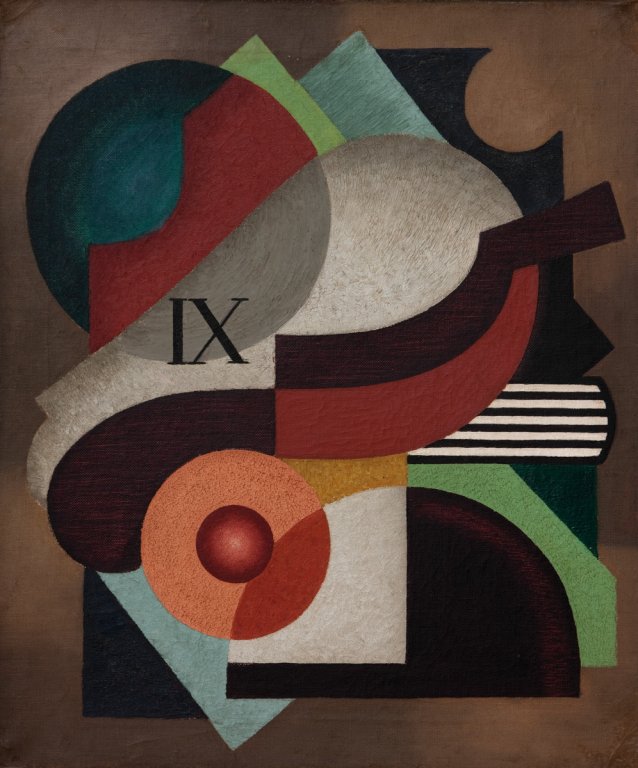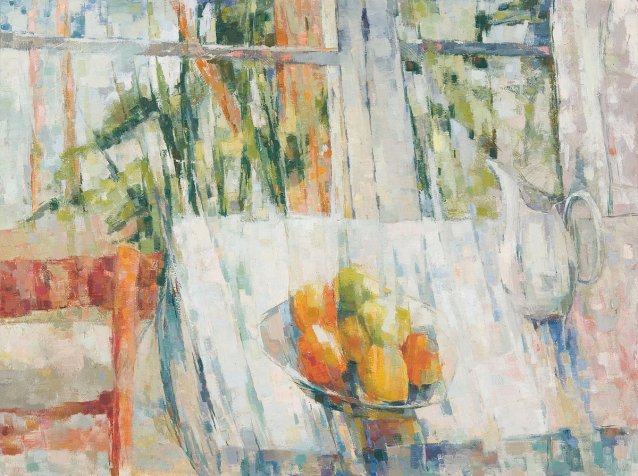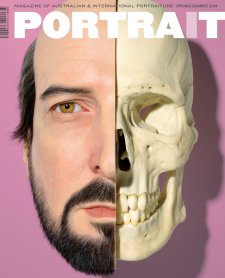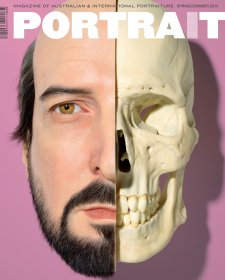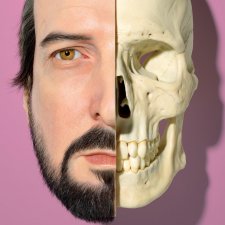It seems to have become axiomatic to understand that the progress of modern art in Australia owes a lot to certain women. The names are familiar to us: Margaret Preston, Thea Proctor, Grace Cossington Smith, Grace Crowley et al. Women born in the decades around the turn of the century and educated by forward-thinking teachers at art schools in London and Paris. Those who, irrespective of the expectation that nice, respectable girls should abandon ideas of any profession – let alone one as potentially compromising as art – determined on careers and independence, either eschewing marriage and motherhood or opting for partners who were accepting of less conventional arrangements. Artists that hung on in quiet dedication to their trade in spite of the dismissal of their output as ‘feminine’ or ‘decorative’, and in defiance of art-world indifference to and occasional vitriol against their work in a climate when the most conservative of their critics famously used words like ‘degenerate’ and ‘addled’ to describe modern art. The women artists now highly esteemed within Australian art history, but who were octogenarians before it occurred to public galleries to mount retrospectives of their work.
- About us
- Support the Gallery
- Venue hire
- Publications
- Research library
- Organisation chart
- Employment
- Contact us
- Make a booking
- Onsite programs
- Online programs
- School visit information
- Learning resources
- Little Darlings
- Professional learning
